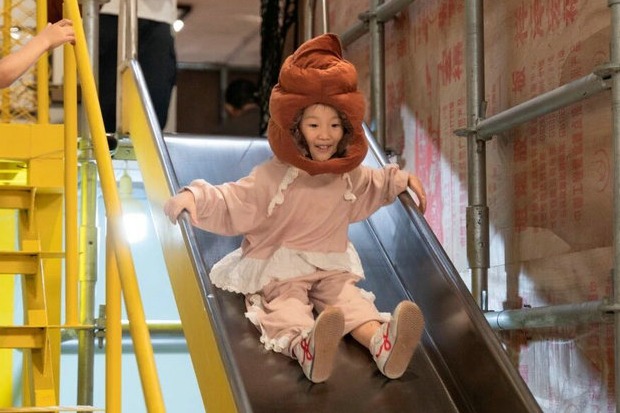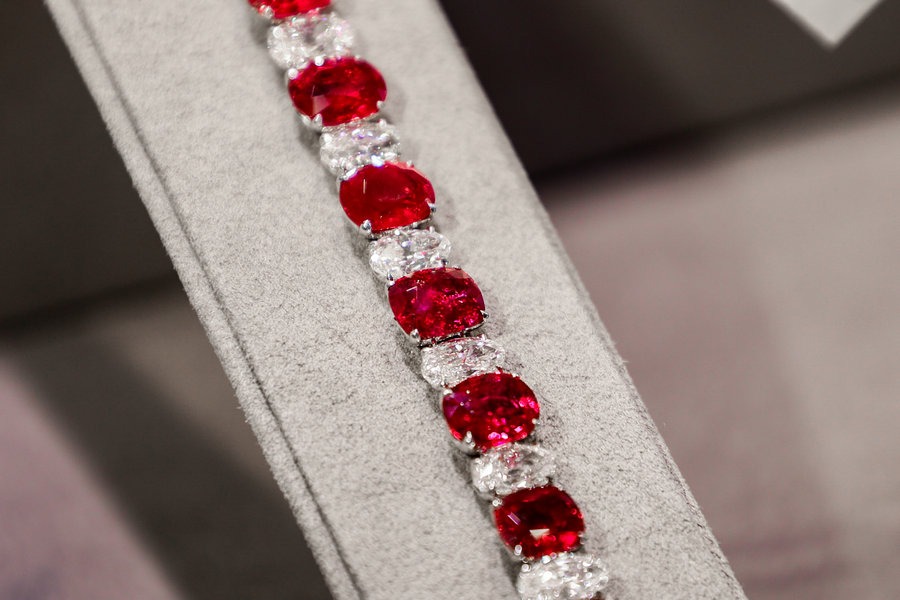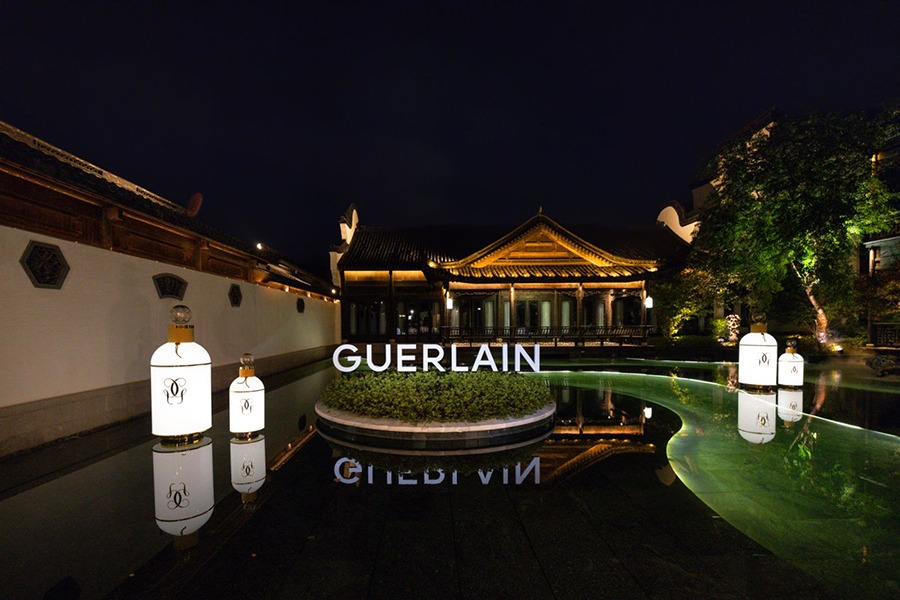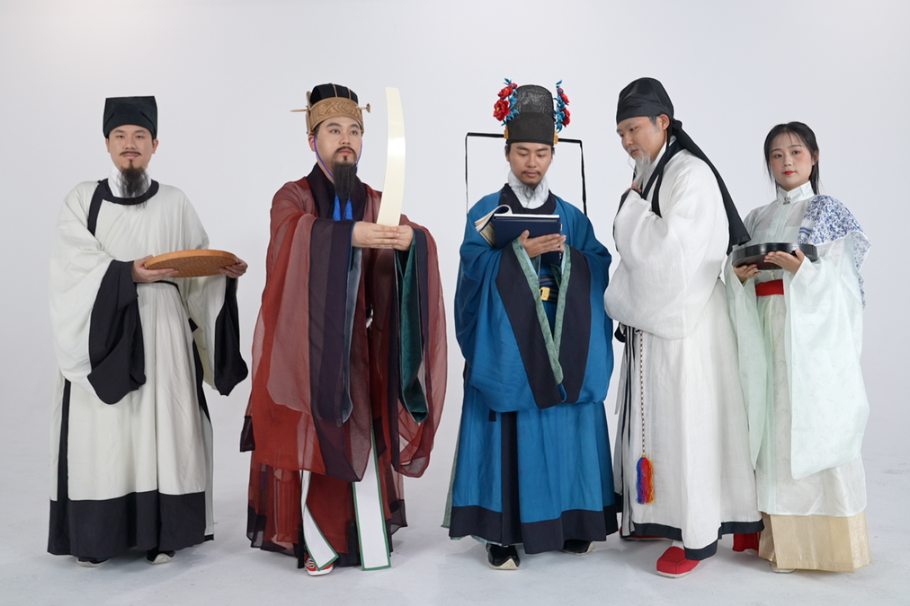Designers dress Qing history in seasonal silhouettes


Autumn dazzles in golden hues, anchored by the palace's two 110-year-old ginkgo trees. Under their canopy, lustrous eco-friendly textiles, woven pieces and couture rich in multi-ethnic influences evoke themes of cultural pilgrimage and renewal.
Winter, by contrast, is whispers of quiet rituals, with sustainable fur pieces and 3D-printed furnishings drawing on ink-wash painting's fluidity.
"Each season has its own emotional resonance. Together, they create a living poem of Chinese aesthetics," Xu says.
For Su Ning, deputy director of the museum, choosing Jiale Hall for the exhibition was a deliberate act of cultural continuity.
"This hall sits on the palace's central axis and was originally used for rituals," Su notes.
"We chose the most prestigious space to present the fusion of traditional elements and modern design. It's a way of showing the palace isn't just a relic — it's still inspiring creativity," she adds.
Su emphasizes that the exhibition aligns with the museum's broader mission to revitalize cultural heritage and make it accessible.
"We're not simply preserving history. We're creating a platform where traditional culture can meet contemporary life and spark new forms of expression."
The collaboration between designers, artists and the museum represents a growing trend in China to translate intangible cultural heritage into contemporary contexts.
"Chinese aesthetics are rooted in harmony with nature, in subtlety and restraint," says Xu.
"Our participating designers are interpreting these values through modern materials and forms, creating works that resonate with younger generations."
Examples include a Spring Garden Gathering series, which infuses traditional motifs like orchids and frost into everyday wear, and a collection of Dancing in the Clouds garments that were crafted with heritage weaving techniques but tailored for the modern stage, Xu points out.
"We hope visitors leave not only admiring the palace's beauty, but also inspired by how tradition can inform our daily lives," Xu says.



































